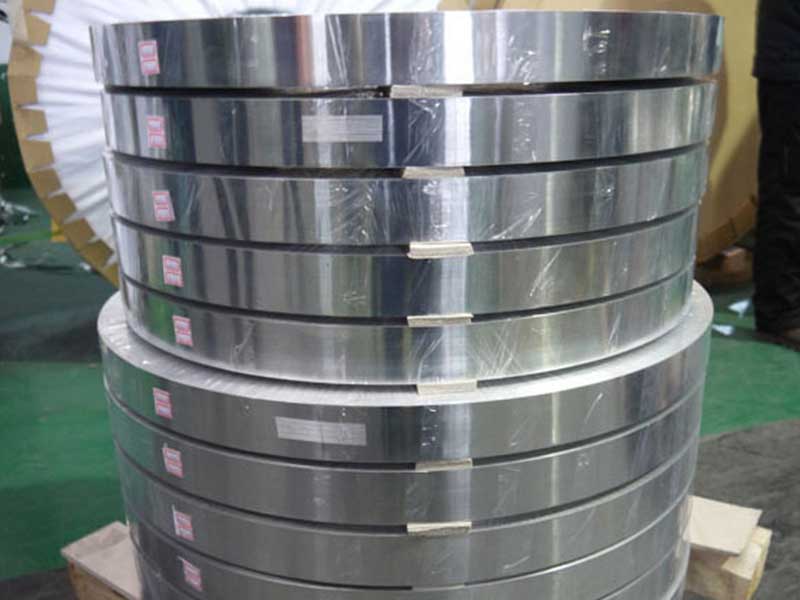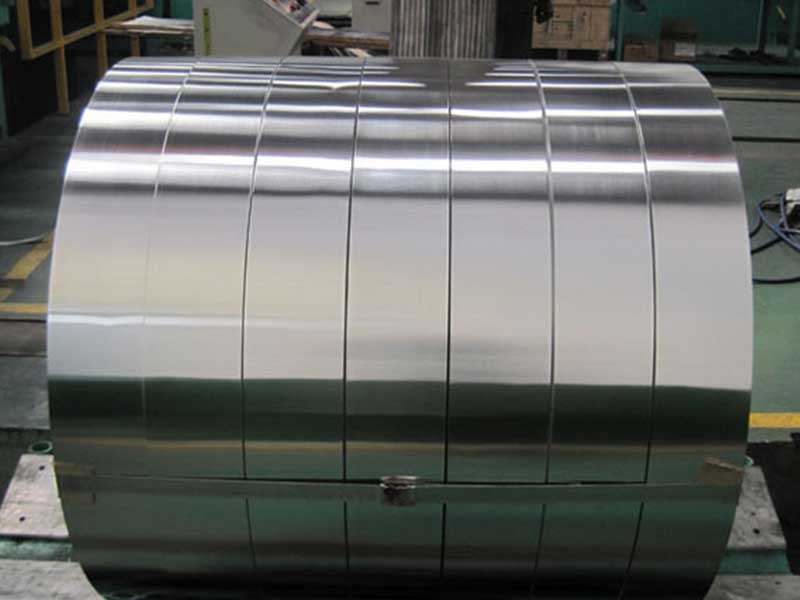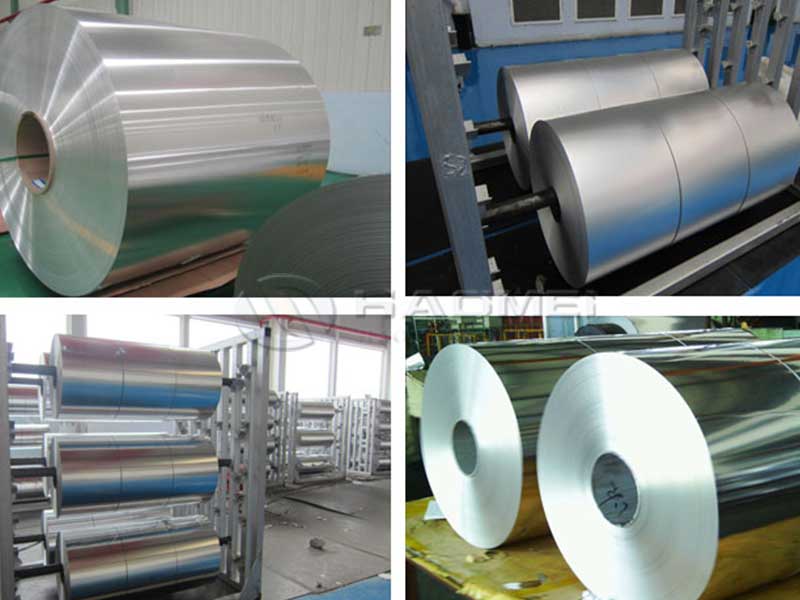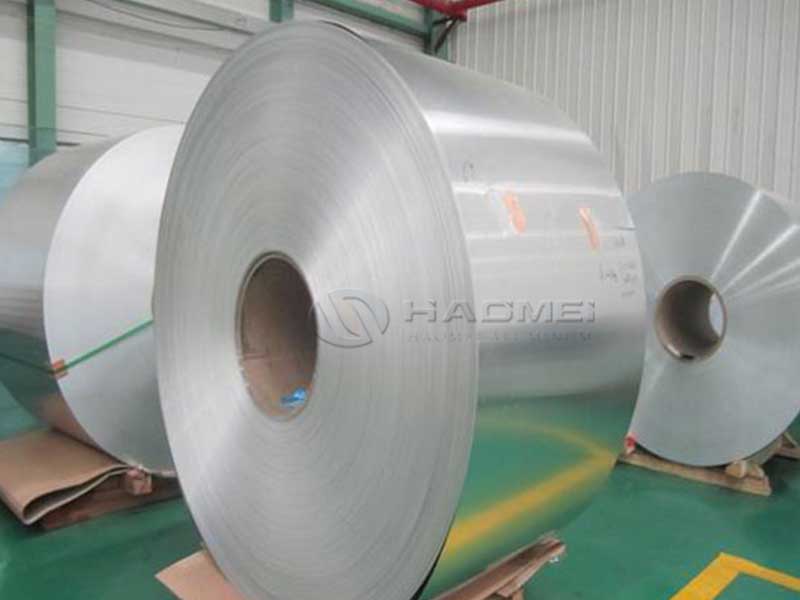Moisture Proof and Lightweight Aluminum Foil: Engineering Solutions Beyond Conventional Barriers
In an era where material innovation dictates product value and sustainability, moisture proof and lightweight aluminum foil emerges not merely as a packaging staple but as a technologically sophisticated solution tailored for diverse applications. Its unique blend of protected barrier properties coupled with minimal mass reshapes how industries approach preservation, insulation, and energy efficiency.
Unveiling the Technical Marvel: Moisture Barrier Properties
At the core of aluminum foil's effectiveness is its impermeability to water vapor. The moisture proof capability of modern aluminum foil hinges on its dense molecular lattice that precludes the diffusion of moisture. This factor is paramount to maintaining product integrity in food, pharmaceuticals, and electronics packaging.
Unlike traditional plastic films whose layer integrity can be compromised under fluctuating environments, aluminum foil employs a continuous metal layer. This serves as an absolute barrier against moisture migration. When combined with specialized laminate coatings (such as polyethylene or metallized PET layers), the foil’s resistance to humidity improves exponentially. This multi-layer system intricately balances tensile strength with corrosion resistance while optimizing moisture control.
Merry Dance of Thickness and Weight: Engineering Lightweight Solutions
On the surface, aluminum might suggest robustness but inevitably contribute to heft — a factor undesirable for transportation economics and user convenience. Manufacturing advancements now enable foils as thin as 6 microns or less without sacrificing mechanical stability or moisture proofing qualities.
The reduction in thickness is achieved via advanced rolling techniques and alloy formulations that preserve the foil's ductility and barrier performance. Notably, these ultra-thin layers benefit mobile tech packaging, where weight reduction correlates directly with lowered carbon footprint and improved logistics efficiency.
Cross-Sector Applications Illuminated by Design
1. Food Preservation: Lightweight moisture proof foil uniquely addresses the extension of shelf life by keeping product moisture levels stable, preventing oxidation and microbial growth. Ready-to-eat meals and vacuum-sealed goods particularly benefit from the improved oxygen and moisture barriers.
2. Pharmaceutical Packaging: Tablets and complex drug formulas require protection against deleterious moisture ingress that may catalyze degradation. Lightweight foil enables compact packaging solutions essential in portable medical devices.
3. Thermal Insulation: Aluminum foil’s reflective properties combined with moisture resistance make it an excellent component in building insulation materials, safeguarding infrastructure’s energy efficiency while resisting moisture that might jeopardize thermal stability.
4. Electronics: Sensitive electronic parts demand protection from humidity potential. Using ultra-thin, moisture proof aluminum foil in humidity barrier bags shields circuitry during transit and storage, maintaining functional reliability.
The Sustainable Edge: Lightweight Aluminum Foil in Circular Economies
The push towards using less material while improving functional longevity amplifies the demand for lightweight yet resilient aluminum foil. This foil is often recyclable without erosion of barrier properties, supporting circular economy ideals. Sustainable packaging pioneers underline that cutting back weight without disruptions in quality reduces overall environmental impact, marking lightweight moisture-resistant aluminum foil as an exemplar of eco-conscious material engineering.













